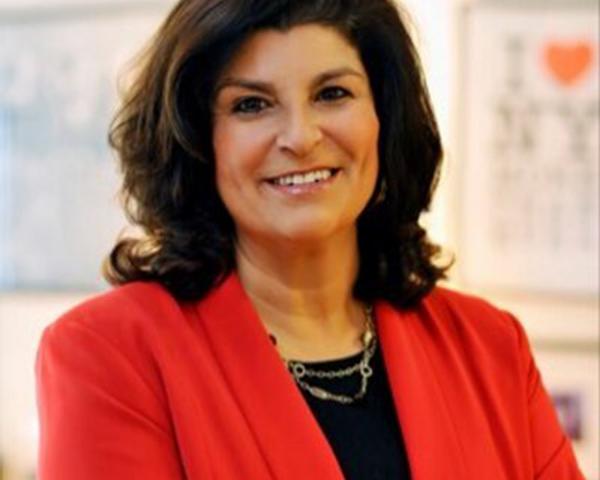Essentially, we’ve put the security of travel protection in consumers’ pockets, giving them instant access to coverage tailored for them.
Lately, I’ve been talking a lot about the impact technology has had on the travel insurance industry – from chatbots that answer customer questions to apps that guide them through the claim process – and it got me thinking about just how far our industry has come and just how much customer needs have changed in only a few decades.
Consider this: In the 1990s, consumers could purchase travel insurance, but distribution was far more limited than it is today. Printed brochures – which customers completed by hand and returned via snail mail – ruled as our primary distribution method. Online travel agents (OTAs) were not much more than a concept. AOL was just beginning to gain momentum as a mainstream communication tool. We were conducting business as we had for years.
By the middle of that decade, the industry began to change, setting the stage for the experience we know today. Recognizing the value travel protection could provide its passengers, Cunard became the first major cruise line to offer a plan designed specifically for their needs. Others began to follow suit, and today virtually every travel supplier offers some sort of travel protection customized for its customers.
Then along came Cancel For Any Reason (CFAR) plans.
See also: Has Digital Insurance Failed?
Much like the supplier plan, CFAR seized on the need for customization – then it layered in a degree of flexibility that consumers simply hadn’t seen before. A concept almost ahead of its time, CFAR has exploded in recent years as the desire for travel – particularly abroad – collides with a growing number of global uncertainties. Consumers want to see the world, and CFAR is helping them do just that.
The industry continues to evolve with benefits such as parametric coverage and fully online/mobile pre-sale questions, purchase options, post-purchase support and claims platforms. Essentially, we’ve put the security of travel protection in consumers’ pockets, giving them instant access to coverage tailored for everything from their traditional Caribbean cruises to their bucket-list experiential journeys to Mongolia.
The future is exciting. According to a recent survey by flight information specialist OAG, more than 75% of travelers would be willing to use fingerprint and facial recognition scanners at stop-points if they could simplify their journeys. And 73% of all travelers and 89% of millennials said they would like artificial intelligence to better predict flight pricing during the booking process. The survey also indicates growing comfort with the integration of technologies like virtual reality and robots into different phases of the travel experience. Just imagine blending some of these technologies into the travel insurance experience to further tailor and streamline it for consumers.
See also: Practical Tips for the New Traveler
Consumer travel preferences may be changing rapidly, but the travel insurance industry is right there with them and will continue to be right there with them – enabling new adventures with a sense of security. I look forward to what the future holds for our industry.


